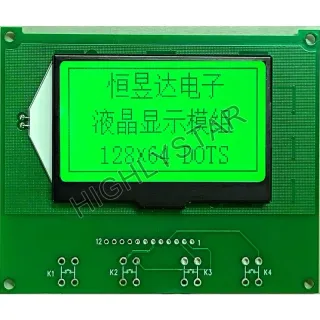What Is the 90-Degree Rule for Polarizers?
The 90-degree rule for polarizers is a fundamental principle in photography and optics, dictating the optimal alignment of polarizing filters to achieve maximum effectiveness. In this article, we'll delve into the significance of the 90-degree rule, its real-life applications, and how understanding this rule enhances the quality of images captured through polarized lenses.
I. Introduction
The 90-degree rule for polarizers is a crucial concept for photographers and optical enthusiasts alike. It revolves around the alignment of polarizing filters concerning the angle of polarized light, aiming to control reflections, reduce glare, and enhance the overall quality of images.
II. Understanding Polarizers
Definition and Purpose
Polarizers are optical filters that selectively block or allow light waves to pass through based on their orientation. This unique property is harnessed to control glare, manage reflections, and improve color saturation in photography and various optical applications.
The Role of Polarized Light
Natural light consists of waves oscillating in all directions. When light interacts with certain surfaces, like water or glass, it becomes partially polarized, meaning the waves align predominantly in a specific direction. Polarizers exploit this property by allowing only light waves oriented in a particular direction to pass through.
III. The 90-Degree Rule
Optimal Alignment
The 90-degree rule stipulates that for a polarizer to be most effective, it should be oriented at a right angle (90 degrees) to the direction of the polarized light. In simpler terms, if the light waves are horizontally polarized, the polarizing filter should be vertically aligned, and vice versa.
Minimizing Glare and Reflections
By adhering to the 90-degree rule, photographers can achieve optimal polarization, effectively minimizing glare and reflections from non-metallic surfaces like water, glass, or foliage. This results in clearer, more vibrant images with enhanced contrast and color saturation.
IV. Real-Life Applications
Photography
In photography, the 90-degree rule finds extensive application, especially in outdoor settings. When shooting landscapes or water scenes, photographers adjust the polarizing filter to eliminate unwanted reflections, revealing the true colors and details beneath the surface.
Related links:Tips for Properly Using Fiber Optic Patch Cords
Battery Energy Storage: How it works & why it's important
Can a Diesel Generator Run for 24 Hours?
Unveiling the Ultimate Guide to Mastering UHD Blackboard 2
What Rating Is an Explosion-Proof Light?
Understanding Radiation Measurement Instruments
what is cob light used for
Automotive Windshields
The 90-degree rule is relevant in the automotive industry, particularly in designing polarized sunglasses and anti-glare coatings for windshields. Aligning the polarizer correctly helps reduce glare from the road and other vehicles, enhancing driver visibility and safety.
Display Screens
In electronic devices, such as LCD and LED screens, polarizers are used to manage light transmission. Adhering to the 90-degree rule ensures optimal performance, minimizing reflections and enhancing screen visibility, crucial for devices like smartphones and laptops.
V. Tips for Applying the 90-Degree Rule
Assess the Direction of Polarized Light: Understand the source of polarized light in your scene, whether it's reflections from water, glass, or other surfaces.
Rotate the Polarizer: Adjust the orientation of the polarizing filter to be perpendicular (90 degrees) to the direction of polarized light.
Observe Changes in Glare: As you rotate the polarizer, observe the changes in glare and reflections. The optimal position is where unwanted reflections are minimized.
Experiment for Best Results: Practice using the 90-degree rule in different scenarios to understand its impact on image quality and refine your photography skills.
VI. Conclusion
In conclusion, the 90-degree rule for polarizers is a valuable tool for photographers and optical enthusiasts seeking to enhance the quality of their images. By understanding and applying this rule, one can effectively control reflections, reduce glare, and capture scenes with greater clarity and vibrancy.
LED Video Wall vs LCD Video Wall: Unraveling the Superior Display Technology
HASL vs Lead-free HASL - PCB Surface Finishes
Advantages Of LPDDR5: A New Clocking Scheme
Differences Between OLED and TFT Display Modules


